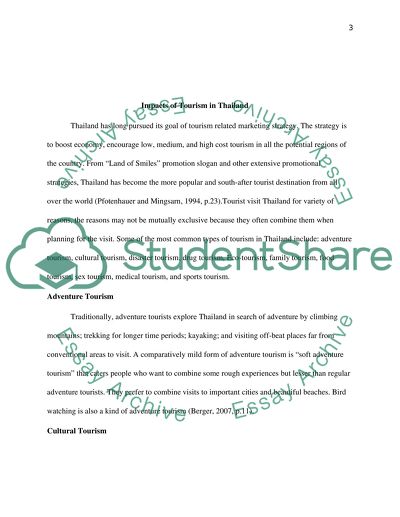Cite this document
(“Impacts of tourism in Thailand Essay Example | Topics and Well Written Essays - 3750 words”, n.d.)
Retrieved de https://studentshare.org/tourism/1391831-impacts-of-tourism-in-thailand
Retrieved de https://studentshare.org/tourism/1391831-impacts-of-tourism-in-thailand
(Impacts of Tourism in Thailand Essay Example | Topics and Well Written Essays - 3750 Words)
https://studentshare.org/tourism/1391831-impacts-of-tourism-in-thailand.
https://studentshare.org/tourism/1391831-impacts-of-tourism-in-thailand.
“Impacts of Tourism in Thailand Essay Example | Topics and Well Written Essays - 3750 Words”, n.d. https://studentshare.org/tourism/1391831-impacts-of-tourism-in-thailand.


